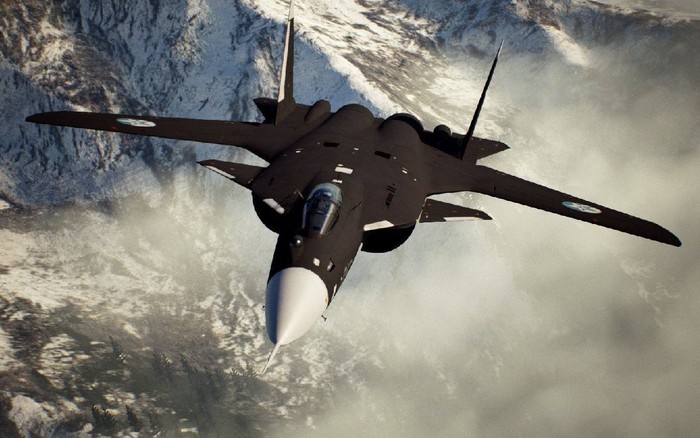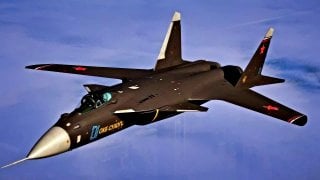The Sukhoi Su-47, also known as the “Berkut” (Golden Eagle), is one of the most innovative and visually striking aircraft ever developed. Created by the Sukhoi Design Bureau in Russia, the Su-47 was an experimental supersonic jet fighter that featured forward-swept wings, a design that set it apart from all other fighters of its time. Though it never entered full production, the Su-47 served as a vital testbed for advanced technologies and design philosophies that would influence future generations of Russian fighter jets.

Design and Development
The Su-47 project began in the late 1980s, with the goal of exploring advanced aerodynamics, materials, and avionics that could give future Russian aircraft a competitive edge. The most distinctive feature of the Su-47 is its forward-swept wings, which create a unique appearance and offer several aerodynamic advantages, such as enhanced maneuverability, improved lift-to-drag ratio, and superior performance at high angles of attack.
The use of composite materials in the wing structure allowed for the necessary flexibility and strength to handle the aerodynamic forces encountered during flight. This was critical because forward-swept wings tend to twist under load, a problem mitigated by these advanced materials.

Technical Specifications
- Crew: 1
- Length: 22.6 meters (74 feet 2 inches)
- Wingspan: 15.16 meters (49 feet 9 inches)
- Height: 6.4 meters (21 feet)
- Wing Area: 62 square meters (667 square feet)
- Empty Weight: 16,375 kilograms (36,103 pounds)
- Max Takeoff Weight: 34,000 kilograms (74,957 pounds)
- Powerplant: 2 × Lyulka AL-37FU afterburning turbofans, 83.4 kN (18,766 lbf) thrust each
- Maximum Speed: Mach 1.6 (1,700 km/h, 1,056 mph) at altitude
- Range: 3,300 kilometers (2,051 miles)
- Service Ceiling: 18,000 meters (59,055 feet)
- Armament: Could carry a variety of air-to-air and air-to-ground missiles, bombs, and a 30mm cannon.

Aerodynamic Innovations
The forward-swept wings of the Su-47 offered significant benefits in terms of agility and control, particularly at low speeds and high angles of attack. This made the aircraft exceptionally maneuverable, an essential trait for dogfighting and close-quarters aerial combat. The design also reduced drag and enhanced lift, improving overall aerodynamic efficiency.
Another notable feature was the use of canards, which are small, forward-mounted wings that provide additional control and stability. These, combined with the aircraft’s thrust-vectoring engines, allowed for extreme maneuvers that would be difficult or impossible for traditional wing configurations.
Testing and Legacy
The Su-47 first flew in 1997, and it quickly demonstrated its impressive capabilities. The aircraft performed a range of advanced maneuvers, showcasing the advantages of its unconventional wing design. However, the high cost and complexity of the forward-swept wing configuration, along with the economic difficulties faced by Russia in the post-Soviet era, meant that the Su-47 was never mass-produced.
Despite this, the Su-47 had a lasting impact on the development of future Russian fighters. Many of the technologies and design principles tested on the Su-47 were incorporated into the Sukhoi Su-57, Russia’s fifth-generation stealth fighter. The Su-57 benefits from the lessons learned with the Su-47, particularly in terms of materials science, aerodynamics, and avionics.

Conclusion
The Sukhoi Su-47 remains a fascinating chapter in the history of aviation. Its bold design and innovative features pushed the boundaries of what was possible in fighter jet technology. While it never saw active service, the Su-47’s contributions to aerospace engineering and its influence on subsequent aircraft designs are undeniable. The “Berkut” stands as a testament to the ingenuity and ambition of Russian aviation, symbolizing a leap forward in the quest for aerial superiority.





